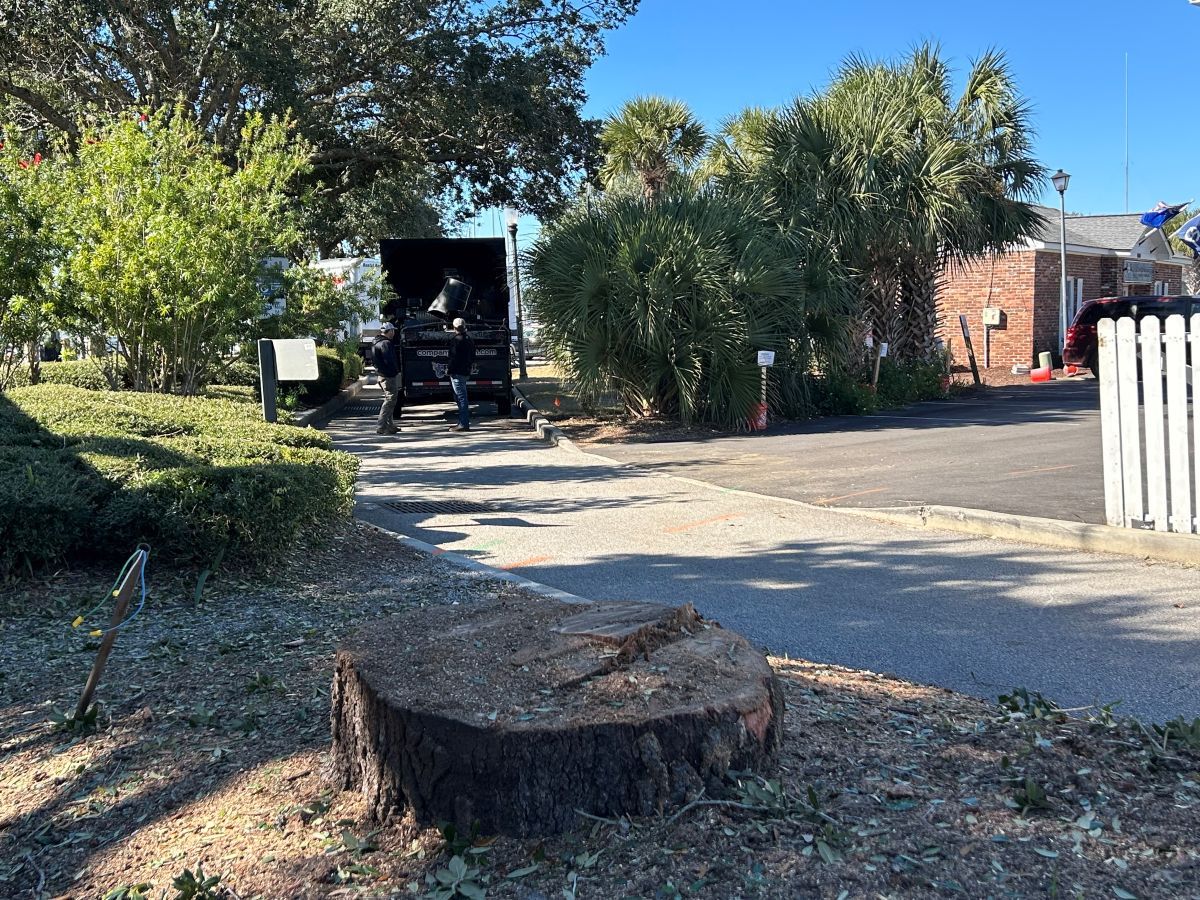By SCOTT GRABER
It’s Saturday morning, cold, but I’ve got a serious, cedar log fire that floods our small, minimalist living room with cedar-scented heat. I also have the Wall Street Journal.
This morning, the Journal tells us that Bayer — the maker of Roundup weedkiller — wants to settle a wave of lawsuits that allege that Roundup causes cancer. Apparently Bayer and various plaintiffs are moving toward a $10 billion dollar settlement. But what makes this settlement interesting, and difficult, is that Bayer wants to continue to sell Roundup after the settlement.
This article takes me back to the summer of 1967. That summer I was just graduated from college — working at the Medical College in Charleston — and waiting to go off to law school. I found myself attached to a young epidemiologist named Jack Finklea.
Jack had grown up in Florence and gone to college at Davidson and then to the Medical College of South Carolina. In 1967 he was working out of a small laboratory located in a pre-fab, storage shed-like building more or less hidden on the medical campus.
But Jack’s shed housed two other doctors and a half dozen medical students caught up in Jack’s fevered curiosity.
In those days, Jack was interested in lead, especially lead in peeling paint that had been absorbed by African American children in Charleston’s nearby housing projects. He was also interested in arsenic then used to control weeds by South Carolina’s cotton growing farmers. My job was to find children, and farmers, and collect their blood (or urine) to determine if lead or arsenic had worked their way into their tissue.
Then, in the summer of 1968, Jack asked me to go to Trinidad and help him study nephritis — a kidney infection. My job was to find folks who would agree to take an experimental drug; and also agree to be bled on a regular basis. This involved driving a jeep through lush tropical mountains, a bag of cash for those who volunteered for our study, and weekends in Port of Spain.
In Port of Spain, we took our meals with an aging British expatriate who ran a boarding house overlooking Queen’s Park. Her meals were bland and uninteresting to a boy who had subsisted on a diet of pulled pork and fried okra; but her gin and tonics were of more interest.
Jack was one of those rare people who could look at disease; who could see connections that are not apparent; who could design a study confirming the connections. But Jack’s great gift was the ability to sell those not so obvious connections to the EPA, or the National Institutes of Health or a drug company like Parke Davis.
And for one short, hot Trinidadian summer I got to sit on a darkened veranda in Port of Spain and talk about DDT, kidney failure and “Goldie,” our stunningly gorgeous, mixed-race house servant.
Within a couple of years, others saw Jack’s brilliance and he was hired to direct the EPA’s National Research Laboratory in Durham, N.C. It was here that he made a connection between sulfate emissions from power plants and acid rain. This connection annoyed the power industry, and the resulting controversy caused Jack to resign in 1974.
From there he took over as Director of the National Institute for Occupational Safety and Health where he took aim at the chemical industry identifying 65 potentially dangerous chemicals at job sites — versus the 23 that had been previously identified. Eventually Jack would identify more than 100 chemical compounds considered to be potential carcinogens.
Identifying carcinogens was controversial work inasmuch as a connection with cancer was then, and is now, a death sentence for any such product. And so Jack found himself embroiled in internal fights; and then getting (chemical) industry criticism for NIOSHA’s determinations.
After three years of turmoil, Jack resigned, returning to the University of Alabama where he established a research lab that looked at the effects of welding gas on workers. In 2000, Jack died after a long history of coronary disease and bypass surgery.
Throughout his professional life, Jack Finklea looked at thousands to substances trying to make a scientific determination if they were detrimental to America’s health. It is interesting that today glyphosate – aka Roundup – has been determined to be safe by our EPA; but the World Health Organization says glyphosate can “probably” cause cancer.
This difference of opinion has not stopped a wave of lawsuits against Bayer — the manufacturer of Roundup.
On mornings like this, I wish I could pick up the phone and ask Jack about glyphosate.
Scott Graber is a lawyer, novelist, veteran columnist and longtime resident of Port Royal. Email Scott at cscottgraber@gmail.com.






